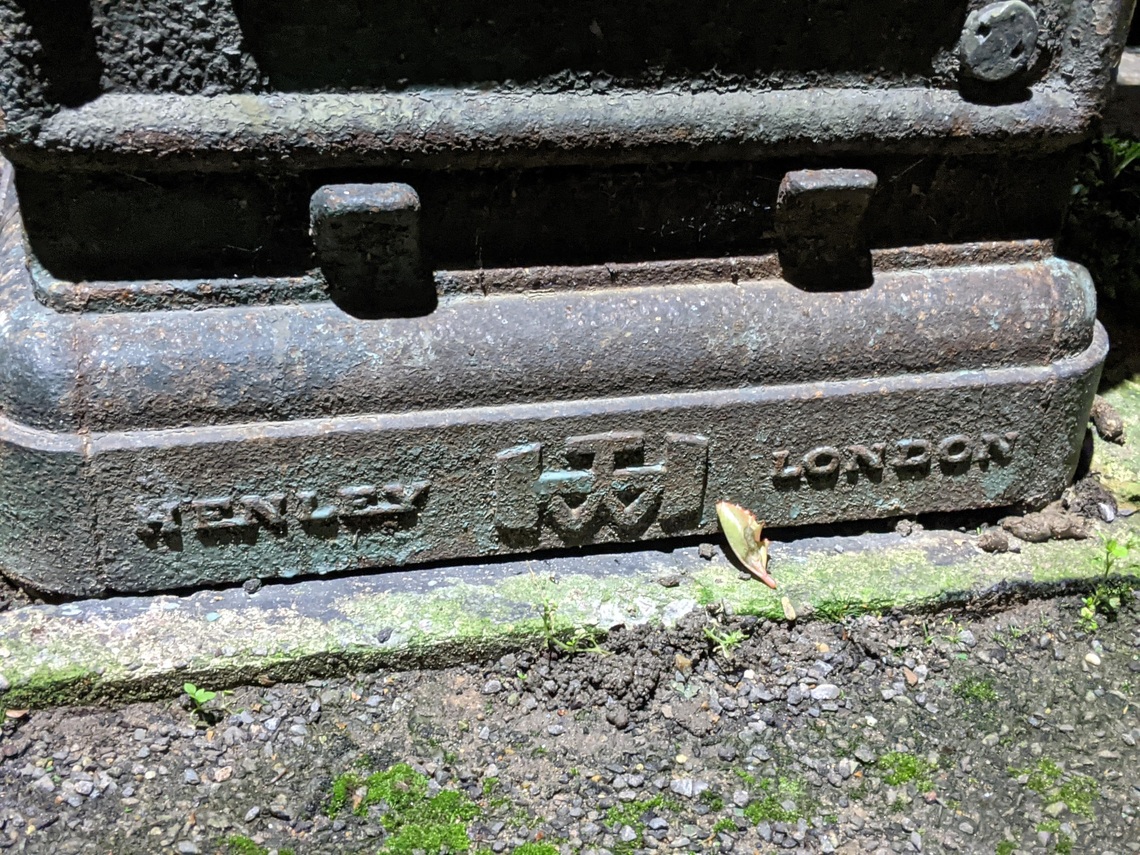Have you ever spotted the historic green box on Piper Road, Norbiton, and wondered about the story behind its faded glory?
Whilst researching the historic piece of street furniture on this suburban Kingston road we discovered that, rather than a former gas lamp post or gas vent as most local residents had suspected, it is actually most likely to be an electrical "feeder pillar" created by W.T Henley Telegraph Works possibly as far back as the 1920s, and potentially even earlier.

WHAT IS A FEEDER PILLAR
- A feeder pillar - also known as a power box, distribution pillar, or feeder pillar box - is a cabinet used to house electrical equipment. [Source]
- Feeder pillars are still used today, but just as anonymous rectangular painted boxes.
HOW THESE PILLARS WERE USED
- These pillars were used in many places to distribute electrical power from the underground supply cable to houses and other buildings in the neighbourhood.
- At that period they were made of cast iron by a number of manufacturers. You can find a few examples of other decorated boxes here, and see some restored ones here.
- The below image is taken from a long-service certificate awarded to a former employee in 1946 and is the closest image we've been able to find to the one on Piper Road.

PIECING TOGETHER THE PILLAR PUZZLE
- We were lucky enough to have the pillar box's origins confirmed by communication cable enthusiast Bill Burns who, whilst telling us he doesn't have a great deal of information on Henley's involvement in the electrical equipment business, did know that it was after they stopped making undersea telegraph cables in the early 1900s that they turned to electrical supply equipment.
- As it is made of cast iron, a long-term employee who joined the company 47 years ago told us it was most likely produced by WT Henley at its foundry in the West Midlands before they switched to making the pillars from fabricated steel at their North Woolwich and Gravesend works.
- The firm continued in various forms until relatively recently, and you can read about this period of the company's operations in this page from the invaluable Grace's Guide.
-
The WTH monogram on the base was the big clue, and mirrors the logo used on this advert from 1922 from one of WT Henley's other pieces of electrical supply gear.



